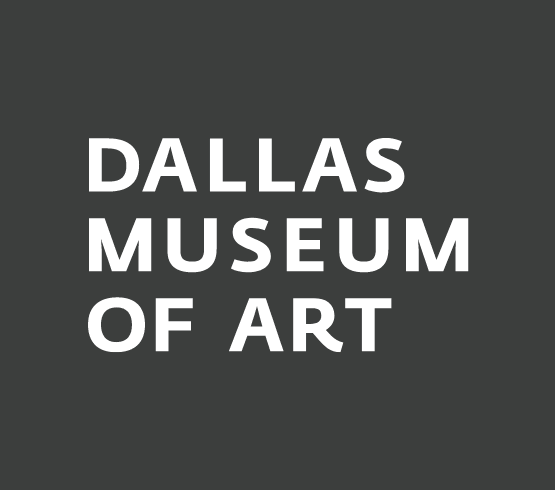During a visit to the Getty Research Institute years ago, on an informal tour through the archives, I caught a glimpse of a box filled with Walter Hopps’s letters, marked “Top Secret” or some such about how the contents were to remain sealed until a certain date. The specifics are foggy, but I clearly remember, upon seeing his name, expecting that those writings might offer some entertaining if not juicy stories.
“Walter definitely was a character. He had this open, expansive, curious mind,” says Elliot. “Other people have pointed out that he started out in pre-med and he was expected to pursue that. So he had this kind of researcher-like approach, gathering all the information, organizing it, and figuring out the connections. He didn’t come with an idea or thesis already formed and then look for that kind of evidence. Instead he was able to pick out those threads.”
Elliot explains, “I began working with [Caroline] on that donation—which was 600 or so works—and it just seemed that, since we were acquiring these works, we ought to do an exhibition that includes them. And we thought it would be even more interesting if we mined our own collection to see how Walter’s influence was woven in and out of the Menil. It’s really an exploration of Walter’s career and how that’s expressed at the Menil.”
That act of mining resulted in an exhibition of over 130 artworks by approximately 60 artists. Menil Collection visitors can expect to see work by some of the more well-known artists with whom Hopps is associated, such as Andy Warhol’s Big Campbell’s Soup Can, 19¢ (Beef Noodle) [Nineteen Cents] (1962) and Ed Ruscha’s Hurting the Word Radio #1 (1964). Included in the donations and promised gifts on view are Jerry McMillan’s black-and-white photograph Walter Hopps, Jerry McMillan Wants to See You (1965) and Gretchen Bender’s silkscreened enamel on sign tin Untitled (1982). Edward Keinholz’s oh-so-of-the-era standing portrait, Walter Hopps Hopps Hopps (1959), opens the exhibition.

1 ⁄6
Andy Warhol, Big Campbell’s Soup Can, 19¢ (Beef Noodle) [Nineteen Cents], 1962. Casein and graphite on canvas, 72 x 54-1/2 in. (182.9 x 138.4 cm). The Menil Collection, Houston. © The Andy Warhol Foundation for the Visual Arts, Inc. / Artists Rights Society (ARS), New York. Photo: Paul Hester

2 ⁄6
Edward Kienholz, Walter Hopps Hopps Hopps, 1959. Oil paint and resin on hardboard and wood with metal, plastic, animal vertebrae, candy, plaster, leather, pills, glass, printed paper, graphite, colored pencil and ink on paper, mat board, and adhesive tape, 87 × 42 × 21 in. (221 × 106.7 × 53.3 cm). The Menil Collection, Houston, Gift of Lannan Foundation. © Kienholz. Courtesy of L.A. Louver, Venice, CA. Photo: Paul Hester

3⁄ 6
Edward Ruscha, Hurting the Word Radio #1, 1964, oil on canvas, 59-1/8 × 55-1/8 in.
(150.2 × 140 cm), The Menil Collection, Houston. © Ed Ruscha. Photo: Paul Hester

4 ⁄6
Gretchen Bender, Untitled, 1982. Silkscreened enamel on sign tin, 81 1/2 × 71 1/2 in. (207 × 181.6 cm). The Menil Collection, Houston, Gift of Caroline Huber and the estate of Walter Hopps. © Estate of Gretchen Bender, Courtesy Sprüth Magers. Photo: Caroline Philippone

5 ⁄6
Jerry McMillan, Walter Hopps, Jerry McMillan Wants to See You, 1965. Photograph, 16 × 19 1/4 in. (40.6 × 48.9 cm). The Menil Collection, Houston, Promised gift of Caroline Huber and the estate of Walter Hopps. © Jerry McMillan. Courtesy of Craig Krull Gallery

6 ⁄6
John R. Gossage, Portrait of Walter Hopps, 1969. Photograph, 7 1/4 × 7 1/4 in. (18.4 × 18.4 cm). The Menil Collection, Houston, Promised Gift of Caroline Huber and the estate of Walter Hopps. © John R. Gossage
Prior to his time at the Menil, Hopps had begun his curatorial pursuits as early as 1952, while he was in college, and five years later joined with Kienholz to open the now infamous Ferus Gallery, helping to launch the careers of artists Jay DeFeo, Bruce Conner, and John Altoon, among others. Later appointments include director of the Pasadena Art Museum (Norton Simon Museum); director of the Corcoran Gallery of Art; curator of modern art at the National Collection of Fine Arts (Smithsonian American Art Museum); and senior curator at the Guggenheim. Peppered among these posts were stints as commissioner of the Sao Paulo and Venice biennials. Beyond the prestigious professional titles, it was his ideas—in short, his imagination—that drew artists to him and earned him their loyalty.
“Now it’s kind of expected that museum professionals are out and about, talking to and spending time with artists. But at the time, that really wasn’t the case. Walter changed the way that museums and artists interacted; he deepened that connection.” Hopps is also credited with changing the way the public interacted with art, considering museums as places for new art, not just relics from the past.
—NANCY ZASTUDIL




